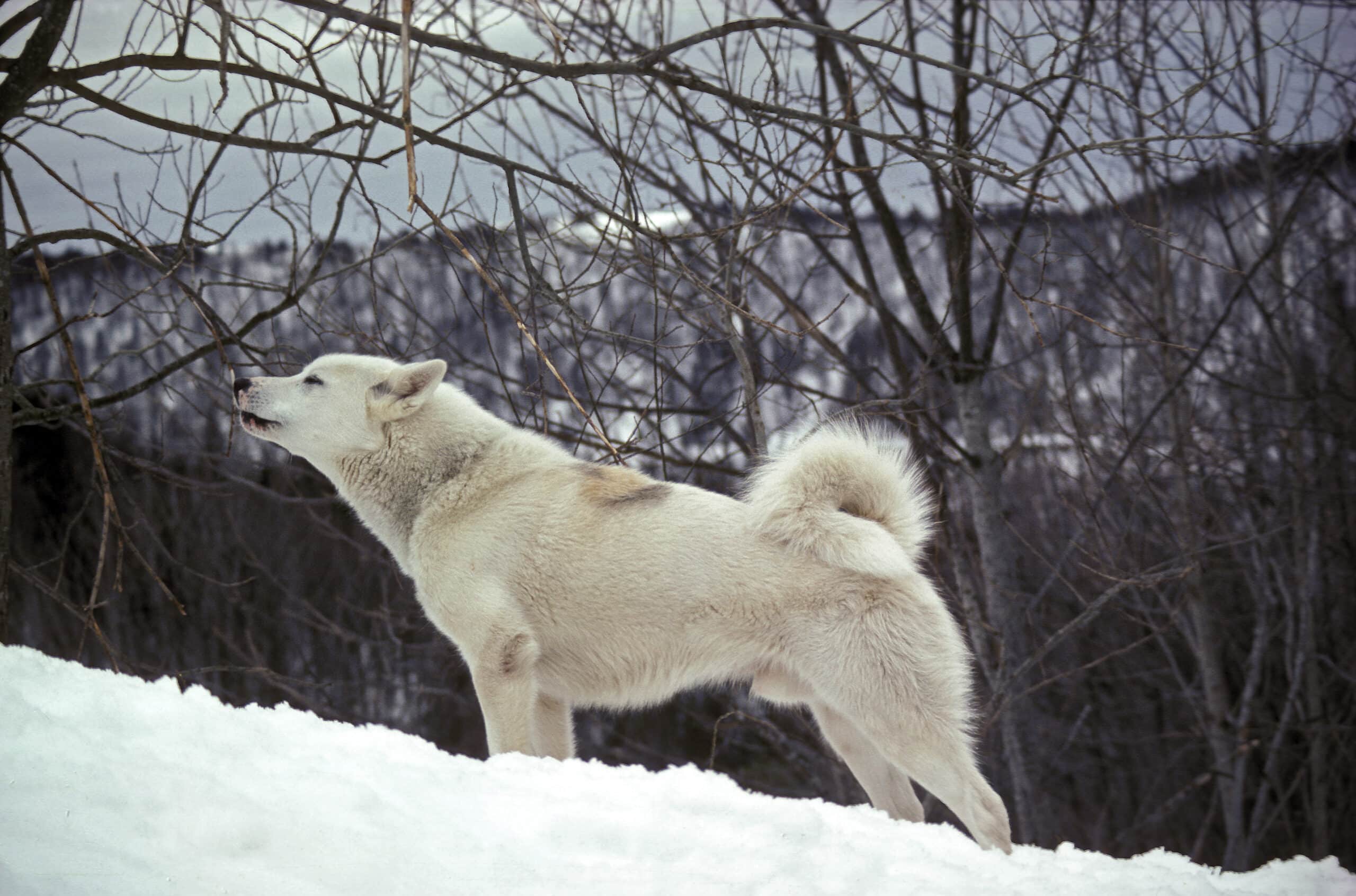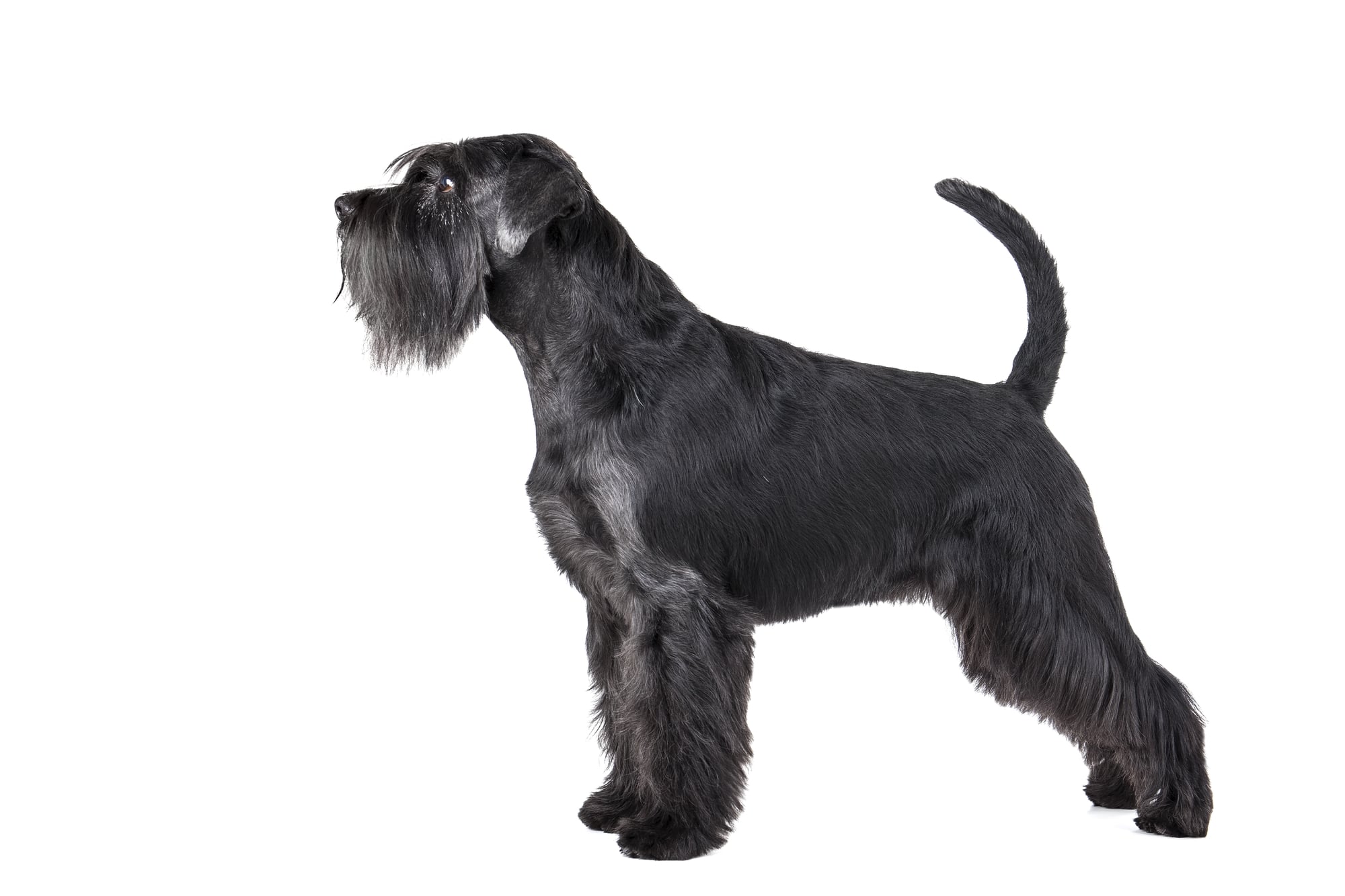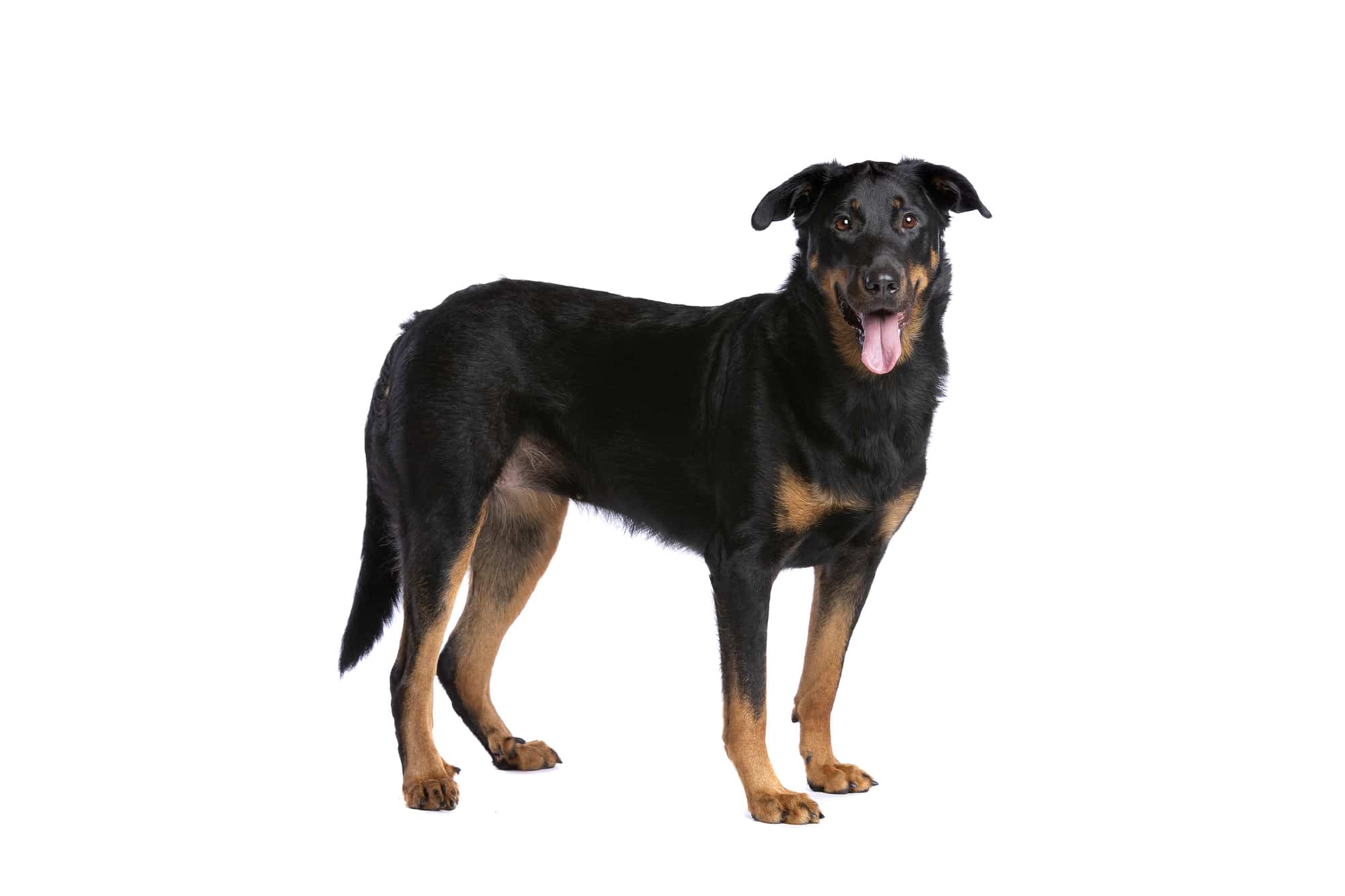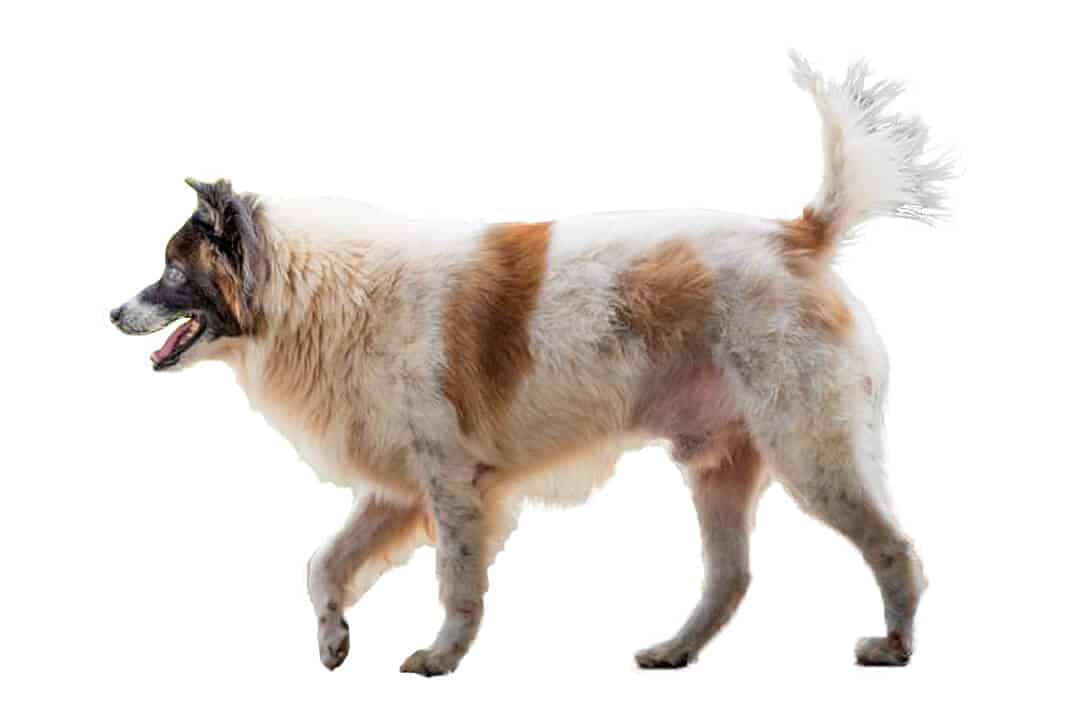Greenland Dog



Temperament:
White, shaggy fur, strong, robust build, trusting eyes. We are not talking about a small polar bear, but about the Greenland dog. Life in the coldest regions of the world has strongly influenced the appearance, character, behavior and instincts of this special breed of dog.
Characteristics
Even today, the Greenland dog still resembles the original wolf in appearance and behavior. Its thick coat enables it to survive in snow and ice. This breed is hardly represented in Germany. In fact, this dog breed is rarely found outside Greenland and other cold regions. It is an excellent sled dog and loves life with the Eskimos. Centuries of breeding have made the dog a robust and enduring companion.
The Greenland dog comes in different colors. However, its coat is often white. However, it can also be brown, reddish or black. Its coat is particularly thick and the undercoat protects the four-legged friend from cold temperatures all year round. In its homeland, it is now kept as a loyal companion, sled dog or hunting dog. It has an excellent hunting instinct, is fast, fearless and strong.
They grow up to 60 cm tall, bitches are usually somewhat smaller.
The loyal, dark eyes give the Greenland dog a particularly friendly appearance. But appearances are deceptive: the Greenland dog is not a cuddly dog. They need plenty of exercise and challenging activities in order to be kept in a species-appropriate manner.
To train a Greenland dog properly, the dog owner should already have some experience in dealing with dogs. A consistent and sensitive hand is the recipe for success for a happy life with this furry friend.
Thanks to its thick coat, this breed can easily be kept outdoors. Before deciding on this particular dog, you should bear in mind that it is primarily a working dog and not a companion or family dog. However, if the Greenland dog is properly encouraged and trained, it is open and friendly towards people. It does not tend to be aggressive.
Coat care:
Shedding:
Energy level:
Trainability:
Children suitable:
The right food
When choosing food, make sure that it contains high-quality ingredients, is balanced and meets your dog's requirements. Age, size or weight, activity and health status play an important role. You should follow the manufacturer's recommendations for the amount of food.
Treats should only be fed in moderation and deducted from the basic diet to avoid obesity.
Puppies can be fed 4-6 times a day. The number of meals should be gradually reduced to 2 per day until the dog is fully grown. A rest period should be observed after meals.
Fresh drinking water should be available at all times.
Health & Care
This dog breed has a very thick coat that does not require any special care. If it is kept in warmer regions, and this actually includes all areas south of the so-called "dog equator", it loses a lot of its undercoat. The undercoat can be removed with special combs.
When breeding the Greenland dog, great importance has always been attached to the dog's robustness. It is therefore not susceptible to any particular diseases. However, as with all large dog breeds, being overweight or lack of exercise can lead to joint problems.
When keeping this breed, it should be noted that the animals are used to living in a pack. It should therefore never be kept as an individual dog. The Greenland dog is more oriented towards the pack than towards humans. These dogs also do not develop the same bond with humans as Golden Retrievers, Labradors or other dog breeds native to our country.
Suitable accessories
As already mentioned, a Greenland dog should only be kept in a pack. It should also have the opportunity to be outdoors all day. A house of their own and a large plot of land are prerequisites for keeping them in a species-appropriate environment.
The four-legged friend can also be kept in a kennel overnight if it is escape-proof and large enough. Cold is not a problem for animals. Also make sure they have something to do. However, there are special sleds that you and your dog can use for training.

Origin & History
The Greenland dog is one of the oldest dog breeds in the world. It lived with the Eskimos 1000 years ago and helped them hunt seals and polar bears. For the people of that time, the dog was essential for survival. With its help, they were able to travel long distances by dog sled and hunt more successfully.
It was suitable for pulling heavy loads and in times of great need, the Greenland dog also served as food for people. But it was not bred for this purpose. First and foremost, the Greenland dog was and is a real working animal. The dog became famous when the famous explorer Roald Amundsen took this breed with him on his expeditions to the Arctic and Antarctic. Genetically, the breed belongs to the Spitz family. It is recognized as a breed by the FCI.





